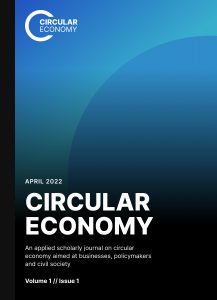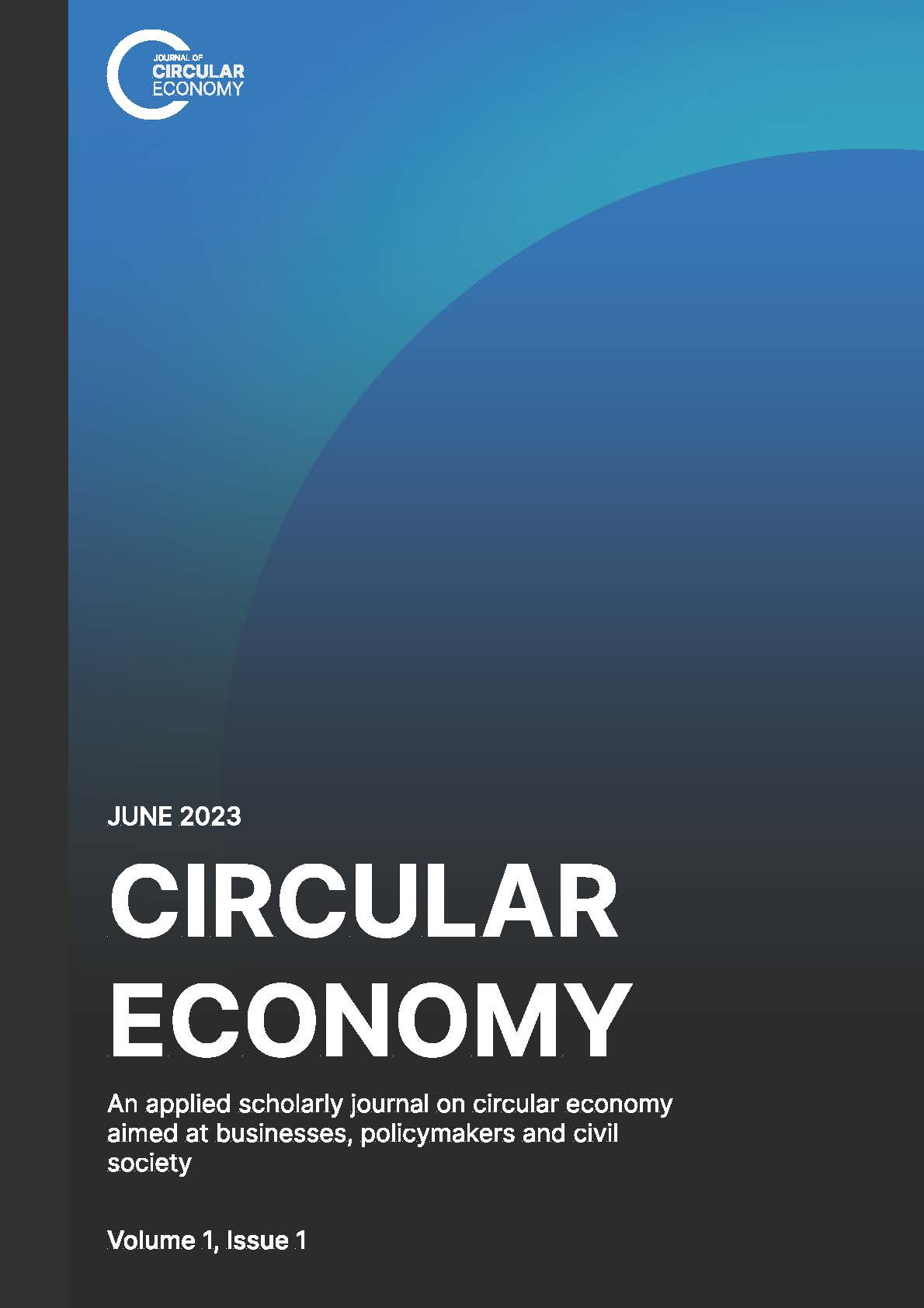Abstract
Keywords
References
Ayres, R. (1999). The second law, the fourth law, recycling and limits to growth. Ecological Economics, 29, 473-483. https://doi.org/10.1016/S0921-8009(98)00098-6
Blum, N., Haupt , M., & Benning, C. (2020). Why «Circular» doesn’t always mean «Sustainable». Resources, Conservation and Recycling, 162. https://doi.org/10.1016/j.resconrec.2020.105042
Ceballos, G., Ehrlich, P. R., & Raven, P. H. (2020). Vertebrates on the brink as indicators of biological annihilation and the sixth mass extinction. Proc Natl Acad Sci U S A, 117(24), 13596-13602. https://doi.org/10.1073/pnas.1922686117
Circle economy. (2021). Circularity Gap Report. circularity-gap.world
Desing, H. (2021). Product and Service Design for a Sustainable Circular Economy (Publication Number 27225) ETH Zürich]. Zürich.
Desing, H. (2022). Below zero. Environmental Science: Advances, 612-619. https://doi.org/10.1039/d2va00168c
Desing, H., Braun, G., & Hischier, R. (2020). Ecological resource availability: a method to estimate resource budgets for a sustainable economy. Global Sustainability, 3, 1-11. https://doi.org/10.1017/sus.2020.26
Desing, H., Braun, G., & Hischier, R. (2021). Resource pressure – A circular design method. Resources, Conservation and Recycling, 164. https://doi.org/10.1016/j.resconrec.2020.105179
Desing, H., Brunner, D., Takacs, F., Nahrath, S., Frankenberger, K., & Hischier, R. (2020). A circular economy within the planetary boundaries: Towards a resource-based, systemic approach. Resources, Conservation and Recycling, 155. https://doi.org/10.1016/j.resconrec.2019.104673
Desing, H., & Widmer, R. (2021). Reducing climate risks with fast and complete energy transitions: applying the precautionary principle to the Paris agreement. Environmental Research Letters, 16(12), 121002. https://doi.org/10.1088/1748-9326/ac36f9
Desing, H., Widmer, R., Beloin-Saint-Pierre, D., Hischier, R., & Wäger, P. (2019). Powering a Sustainable and Circular Economy—An Engineering Approach to Estimating Renewable Energy Potentials within Earth System Boundaries. Energies, 12(24), 1-18. https://doi.org/10.3390/en12244723
Diederen, A. (2010). Global Resource Depletion, Managed Austerity and the Elements of Hope. Eburon.
Elhacham, E., Ben-Uri, L., Grozovski, J., Bar-On, Y. M., & Milo, R. (2020). Global human-made mass exceeds all living biomass. Nature, 588(7838), 442-444. https://doi.org/10.1038/s41586-020-3010-5
Gomes, G. M., Moreira, N., & Ometto, A. R. (2022). Role of consumer mindsets, behaviour, and influencing factors in circular consumption systems: A systematic review. Sustainable Production and Consumption, 32, 1-14. https://doi.org/10.1016/j.spc.2022.04.005
Haupt, M., Waser, E., Wurmli, J. C., & Hellweg, S. (2018). Is there an environmentally optimal separate collection rate? Waste Manag, 77, 220-224. https://doi.org/10.1016/j.wasman.2018.03.050
Hummen, T., & Desing, H. (2021). When to replace products with which (circular) strategy? An optimization approach and lifespan indicator. Resources, Conservation and Recycling, 174. https://doi.org/10.1016/j.resconrec.2021.105704
Kral, U., Kellner, K., & Brunner, P. H. (2013). Sustainable resource use requires “clean cycles” and safe “final sinks”. Science of the Total Environment, 461-462, 819-822. https://doi.org/10.1016/j.scitotenv.2012.08.094
Lama, V., Righi, S., Quandt, B. M., Hischier, R., & Desing, H. (2022). Resource Pressure of Carpets: Guiding Their Circular Design. Sustainability, 14(5), 2530. https://doi.org/10.3390/su14052530
Milios, L. (2022). Engaging the citizen in the circular economy: Transcending the passive consumer role. Frontiers in Sustainability, 3. https://doi.org/10.3389/frsus.2022.980047
Mostaghel, R., & Chirumalla, K. (2021). Role of customers in circular business models. Journal of Business Research, 127, 35-44. https://doi.org/10.1016/j.jbusres.2020.12.053
Murphy, T. W. (2022). Limits to economic growth. Nature Physics, 18(8), 844-847. https://doi.org/10.1038/s41567-022-01652-6
Schäfer, P. (2021). Recycling – ein Mittel zu welchem Zweck? Modellbasierte Ermittlung der energetischen Aufwände des Metallrecyclings für einen empirischen Vergleich mit der Primärgewinnung. Springer Spektrum. https://doi.org/10.1007/978-3-658-32924-2
Takacs, F., Stechow, R., & Frankenberger, K. (2020). Circular ecosystems – Business model innovation for the circular economy. In Institute of Management and Strategy University of St. Gallen (Ed.).
United Nations Environment Programme. (2019). Minamata convention on Mercury. www.mercuryconvention.org
Wiprächtiger, M., Haupt, M., Heeren, N., Waser, E., & Hellweg, S. (2020). A framework for sustainable and circular system design: Development and application on thermal insulation materials. Resources, Conservation and Recycling, 154. https://doi.org/10.1016/j.resconrec.2019.104631
Zepf, V., Reller, A., Rennie, C., Ashfield, M., & Simmons, J. (2014). Materials critical to the energy industry – An introduction (2 ed.).


